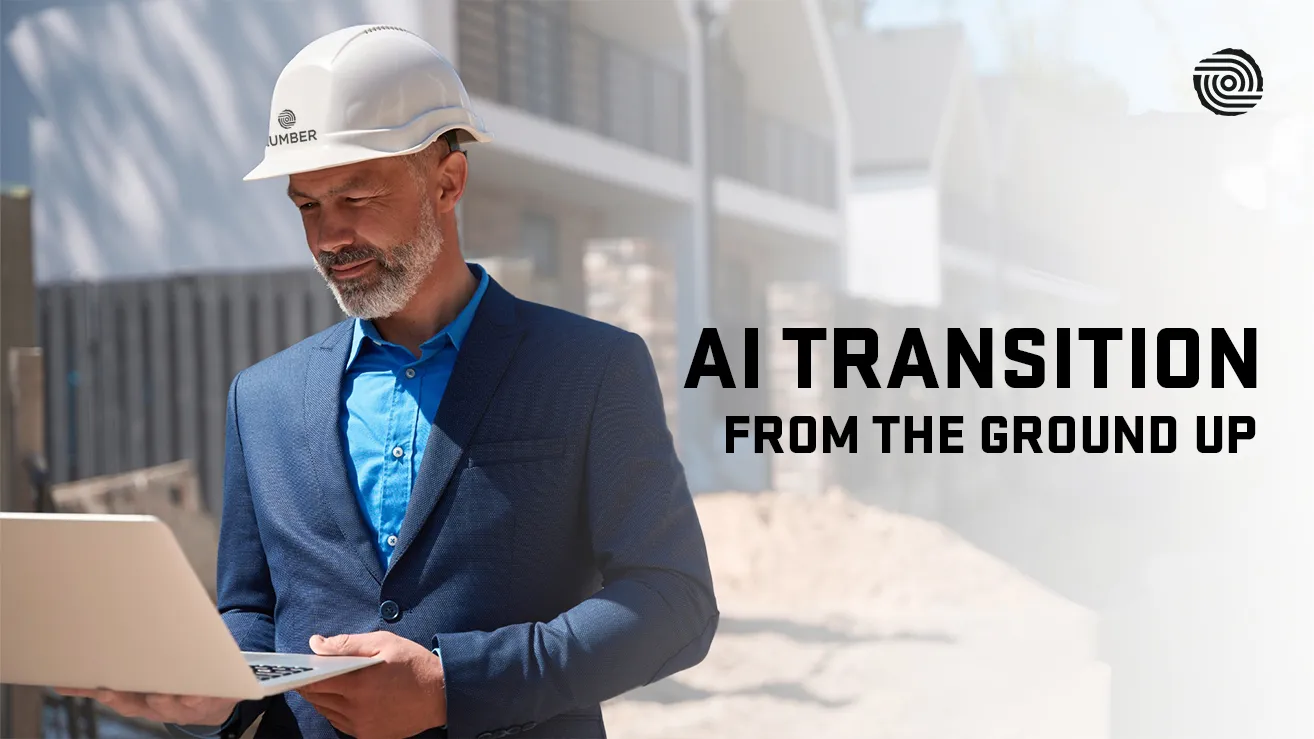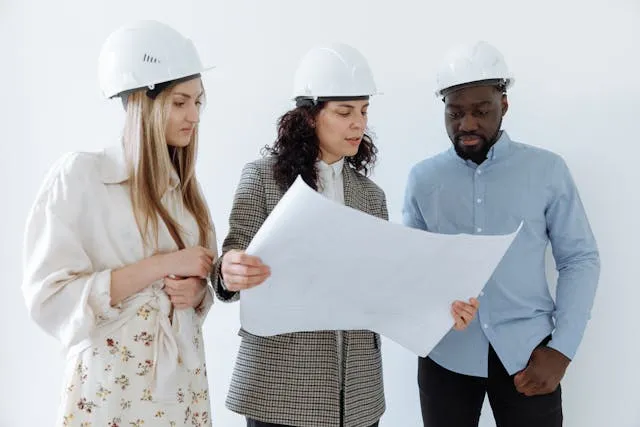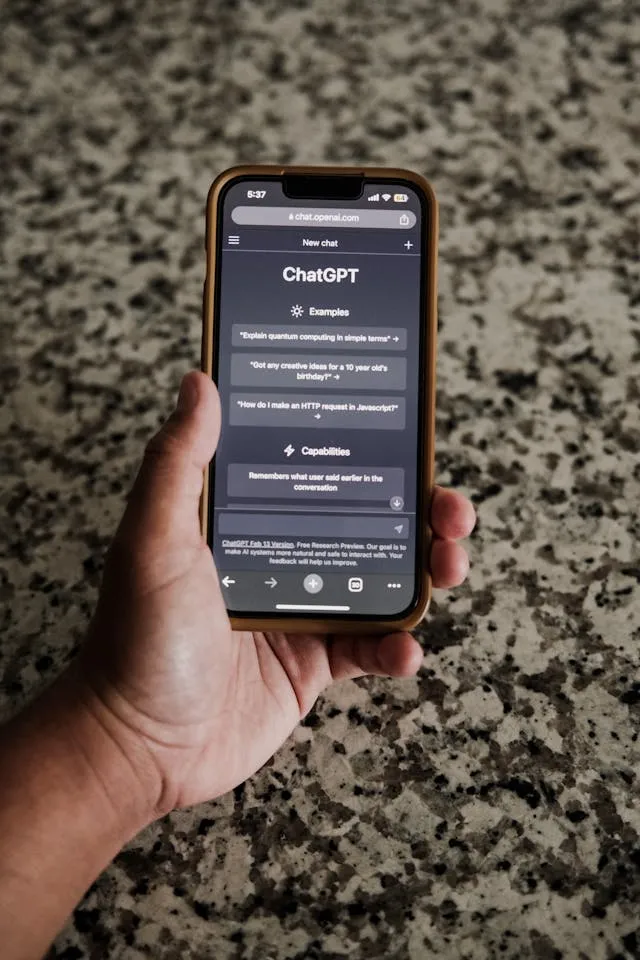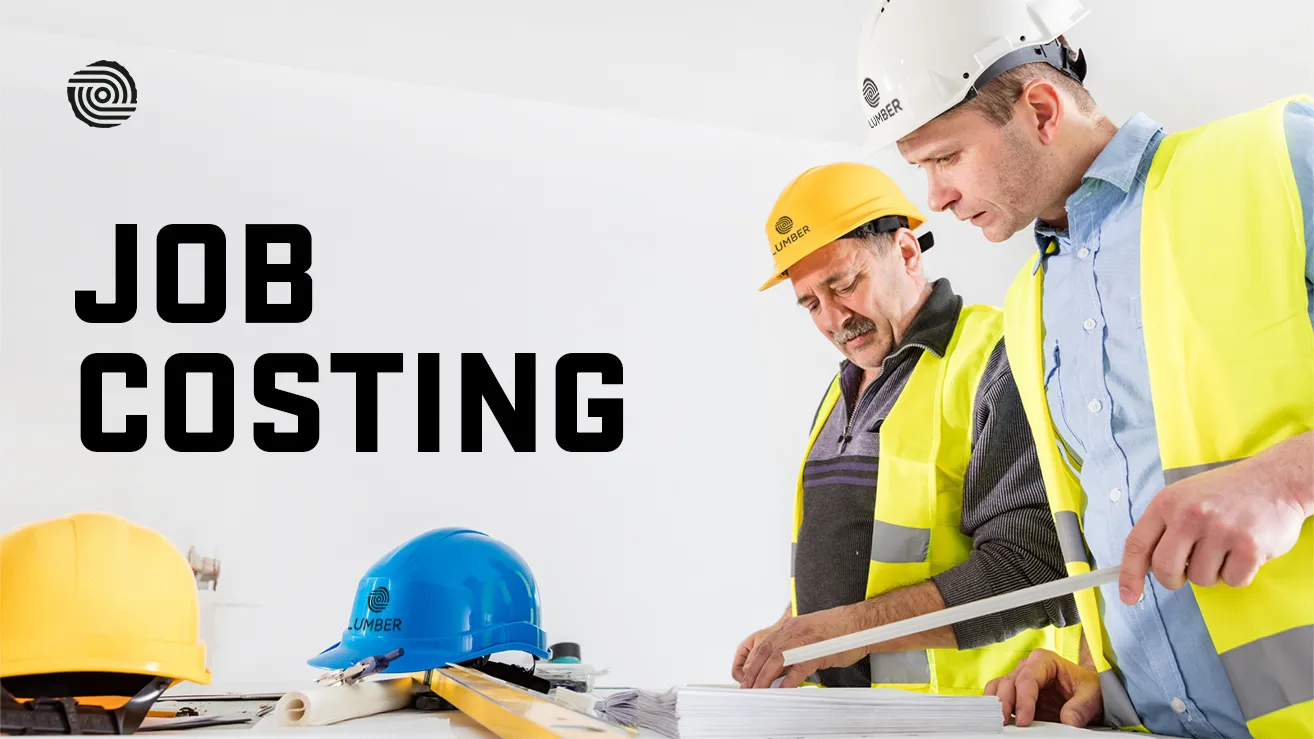
Start with the Foundation, Not the Finish Line

There’s a lot of noise right now in the construction industry about artificial intelligence—tools, platforms, automation, data analytics, you name it. Every week, it seems like there’s a new program promising to revolutionize the jobsite or overhaul operations. It’s easy to feel like you need to throw on your cape and chase every tech trend just to stay competitive. But that’s not leadership. That’s panic.
Executive leadership in construction doesn’t mean keeping up with the Joneses. It means stepping back, getting clear, and choosing where and how your organization is going to move forward. Before you even think about AI for predictive analytics, drone surveys, or robotic process automation, you need to start by guiding your people—especially your boots-on-the-ground teams—into confidence. If you can’t get the field engineer, project coordinator, or superintendent comfortable with ChatGPT, you’re not going to get real traction with more advanced tools.
It's no different than managing a successful project – Planning over Production. You must start with the end in mind and create a flexible, adaptable Master Plan guiding your path. AI integration starts with mindset. And that mindset shift has to begin with you.
Leadership Is Not Just Strategy—It’s Permission

In construction, we’re used to managing from a place of production. Everything is driven by deliverables: schedules, deadlines, quantities, inspections, handoffs. We manage outcomes. But AI requires a different kind of leadership—one that focuses on input and initiative. The introduction of AI isn’t about plugging in a tool and expecting it to spit out efficiencies. It’s about inviting your people to think differently, ask better questions, and get back to the creative, problem-solving side of construction that’s often buried beneath the production grind.
When an executive takes the lead on AI adoption, they give everyone else permission to slow down, think clearly, and learn. That’s huge. Because without permission, people freeze. They’ll say things like, “That’s not my job,” or “I’m not good with tech,” or “We don’t have time for that.” But when leadership models patience, curiosity, and learning at the top, it removes the fear of failure.
If you want innovation, you have to create a culture that values planning over panic. That starts with the message you send from your office to the jobsite.
Confidence Begins at the Entry Level
Let’s be real: most people in construction didn’t sign up to be data scientists. They got into this field because they love to build, solve problems, and work with their hands. So, when you roll out AI without context—without support—it’s going to feel like a threat, not a tool. That’s why the first step in AI implementation must be centered around building confidence at the ground level. And the simplest, most powerful way to do that right now is with ChatGPT.
This tool lets your team take their existing construction knowledge—estimating experience, field coordination, punch list management, RFIs, you name it—and apply it through a new lens. It’s not about replacing expertise. It’s about extending it.
When a superintendent can use ChatGPT to draft a daily report faster or prep for a subcontractor meeting more clearly, they begin to see the potential. When a foreman can use it to help write a safety memo or generate a tool checklist, they start to realize, “Hey, this isn’t about replacing me—it’s about making my job easier.” And that shift in thinking is everything.
If you’re trying to implement AI from the top down without engaging your field teams where they are, you’re going to waste time and money. Start with what they already do well. Show them how to use AI to enhance that. Then build from there.
Focus Over Frenzy: The Case for Starting with ChatGPT
There’s a reason I keep bringing up ChatGPT. It’s not because it’s the most powerful AI tool out there—it’s not. But it is the most accessible, and it’s the best training ground for learning how to interact with AI in a way that actually supports the way construction professionals think.
AI doesn’t magically solve problems. It works best when you ask it good questions, when you give it clear context, and when you know what outcome you’re trying to get to. That’s a skill set. And your people won’t build that skill set if they’re being bombarded with 12 different tools at once.
Start small. Get good. Then grow. That’s leadership.
Instead of trying to master drones, OCR scanners, predictive scheduling, and 3D modeling all at once, teach your team how to get really good at prompting ChatGPT. Help them use it for writing emails, analyzing RFIs, developing meeting agendas, or even checking the logic in their own schedules. As they gain familiarity, you gain feedback. You learn what’s working, what’s not, and what gaps still exist.
This isn’t about tech for tech’s sake. It’s about performance. It’s about freeing up time for deeper planning, smarter coordination, and more accurate forecasting. When used right, AI doesn’t replace the human—it enhances the human’s ability to lead.
Create a Master Plan, Not a Patchwork

AI implementation isn’t a side project. It’s not something you hand off to the IT department or assign to a summer intern. It needs to be woven into your long-term business strategy, guided by executive intent, and aligned with the growth trajectory of your company. That means you need a Master Plan and support like that offered by Construction Management Online who understands AI, Construction and your Workforce.
The role of AI in your organization isn’t just about cutting costs. It’s about scaling responsibly. It’s about identifying repetitive tasks that eat up valuable time, automating what you can, and then reinvesting that time into planning, communication, leadership, and client relationships—the things that truly make your business sustainable.
But you can’t do that if your teams are spinning in a dozen different directions, trying to keep up with every new product that hits the market. Start with one focus area. ChatGPT is an excellent launch point because it applies to every department: preconstruction, field ops, accounting, HR, safety, and even business development.
From there, you can begin to map out how other AI tools fit into the bigger picture. Maybe that’s integrating document control systems, using AI-assisted quantity takeoff, or building a smarter dashboard for project financials. But don’t skip the foundational step—training your people to think, plan, and innovate with AI. If they’re not engaged, the tech won’t work.
From Reactive to Proactive: Planning Over Production
Too often in construction, we react to problems instead of preventing them. We’re stuck in a cycle of solving what’s on fire rather than planning for what’s coming next. That has to change. And AI gives us the opportunity to make that shift—if we lead it well.
By taking control of AI implementation from the executive level, and guiding it from the entry level up, you reframe the role of every employee in your company. You’re not just telling them to “use this tool.” You’re inviting them into a smarter, more strategic way of doing their job. You’re teaching them to ask, “How can I do this better?” instead of “How fast can I get this done?”
That mindset alone can transform your company. It builds trust. It promotes curiosity. And it reinforces that their construction experience is not only valuable—it’s essential to building the next generation of this industry.
The Time to Lead Is Now
AI is not coming to construction—it’s already here. The only question is who will lead it. If you’re an executive waiting for your teams to figure it out on their own, you’re going to fall behind. But if you step into the role of guide, coach, and architect of the AI transition—starting small, teaching well, and planning ahead—you won’t just adopt new technology. You’ll build a stronger, smarter company that’s ready for what’s next.
Let’s stop chasing squirrels. Let’s start leading with purpose. And let’s give our people the tools, the training, and the trust they need to return to what they do best—thinking critically, solving creatively, and building with confidence. AI won’t take that from them. In the right hands, it will amplify it.
That’s our job as leaders. That’s our responsibility. And that’s our opportunity.






